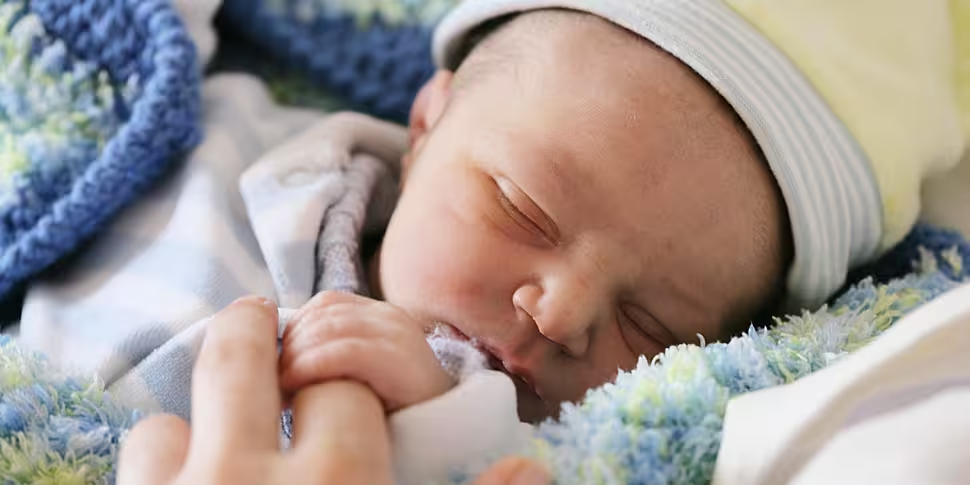The number of women having caesarean sections at Dublin’s Rotunda Hospital has reached its highest-ever level.
A new report from Rotunda Consultant Professor Fergal Malone has found that 39% of deliveries in the past year were by caesarean section..
Speaking to Newstalk Breakfast, Professor Malone said it is “hard to know exactly why” but there are likely to be a variety of factors involved.
“The most likely reason, or the biggest contributor, to higher caesarean section rates are patients previously having caesarean sections and deciding that for their next delivery, they want a planned repeat caesarean section,” he said.
“If someone has a traumatic first birth, a long labour that lasts several days, ultimately needing a caesarean section, that may be so upsetting and traumatic she may decide, ‘I can’t go through that again, I just want to have a planned repeat caesarean.’”
Childbirth
On average, expectant mothers are older and weigh more than they did in previous generations.
Both these factors increase the likelihood a woman will need a caesarean section when she gives birth.
“Thirty-eight percent of our mothers in the Rotunda are over 35,” Professor Malone said.
People are putting off childbearing till later – but the stark change in the last 10 years is obesity; it’s a massive change.
“About 10 years ago, 11% of our patients were obese - which means a body mass index of greater than 30.
“Last year, [it was] 20%; we went from 11% to 20% of our mothers being obese in the space of 10 years.
“That’s a massive change at a population level and that has significant impacts on pregnancy care.”
'Very significant'
Professor Malone described caesarean sections as “major surgery” and said the overall trend was concerning.
“There’s implications for it,” he said.
“There’s a higher rate of bleeding and infection.
“Indeed, for the next pregnancy beyond that, you can get some complications beyond that with the placenta.
“So, for all these reasons, it is a concern and it’s not something that we can just passively observe.
“It is very significant.”
C-section
Professor Malone said the team at the Rotunda would be “very strongly supportive” of women who aim for vaginal deliveries and does its best to help them to do so.
“One of the best things we can do is, when a patient has previously had a caesarean section, when she comes back in for her next pregnancy, to sit down at an individual level with that patient," he said.
"[We] analyse exactly what happened in the prior delivery and try to make a prediction as to whether or not it is likely to go well for a vaginal delivery or not."
According to a study published this year by Trinity’s School of Nursing and Midwifery, over a third of mothers nationwide now give birth by a caesarean section.
You can listen back here:
Main image: A newborn baby at a maternity hospital. Picture by: Alamy Stock Photo









